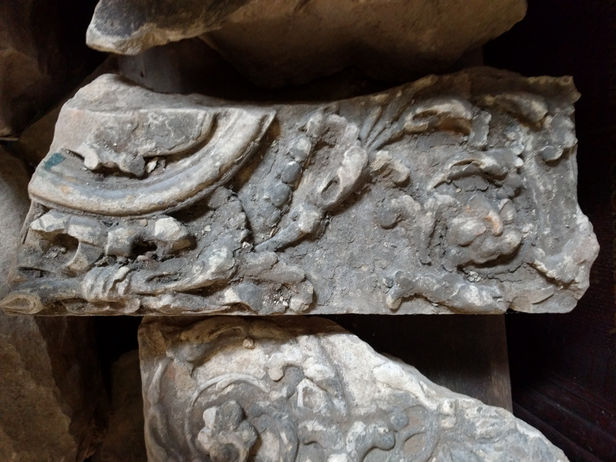
Charles Roe was responsible for commissioning Christ Church. Born in Castleton, Roe was a successful industrialist who started off in the button trade before moving on to mill ownership. Later, he became the mayor of Macclesfield.
Read on for more information on the life of Charles Roe.
Charles Roe
Early Life
Charles Roe was born on 7th May 1715, the youngest of eight children, to vicar Thomas Roe of Castleton, Derbyshire. His father died when he was only 8 years old and he moved with his sister Mary and elder brother William initially to Stockport but then on to Macclesfield where they settled.
The Button Trade
Roe started out working in the button trade in Macclesfield then later as a freeman. Silk had been woven in Cheshire from the late 16th century, especially for covered buttons, but was primarily a cottage industry with weavers using handlooms in their top-level attic spaces. Weavers cottages can still be seen throughout the town denoted by the long strip of glazing on the top floor.

The Silk Trade
In 1743 he opened the first throwing mill in the town at Park Green, which was powered by water from the River Bollin. Five years later he built a larger mill on Waters Green and production expanded rapidly so that by 1761 he had over 350 employees. The boom was in part a result of the Seven Years War which cut supply with France; subsequent peace had the opposite effect with a recession in the silk trade. From 1764 Roe moved out of silk and into the copper trade in Liverpool with Brian Hodgson of Buxton and mining operations in north Wales.
Marriage & Later Life
Roe was married three times, first to Elizabeth Lankford in 1743 with whom he had three children surviving infancy. After Elizabeth's death, he married Mary Stockdale in 1752 and they had eight children. Mary died in 1763 and Roe then married Rachel Harriott in 1766, with whom he had just one son.
His second wife, Mary, was from a Methodist family but was unable to practice as such owing to Methodism's humble status and her husband's important position. Hester Roe, Charles' niece, was a staunch Methodist and later became an important female figure in the Methodist movement.
Roe's son Robert's association with Methodism meant he was refused the testimonial from Oxford University necessary for his ordination as a deacon; which later led his father to banish him from the family home.
Legacy
Roe's eldest son, William, took over the family business interests after Roe died. Roe was buried in the family vault at Christ Church on 8th May 1781 in a ceremony officiated by Rev David Simpson.
A stone plinth in the garden on the east side of the church is all that remains visible today, but it was originally an impressive 4m (13ft) tall obelisk with tablets inscribed with the Roe family names.
It was destroyed by vandals in the 1960s and the remaining pieces are kept in the south-east stairwell of the church, with the larger stone tablets leaning against the west wall either side of the vestry.





